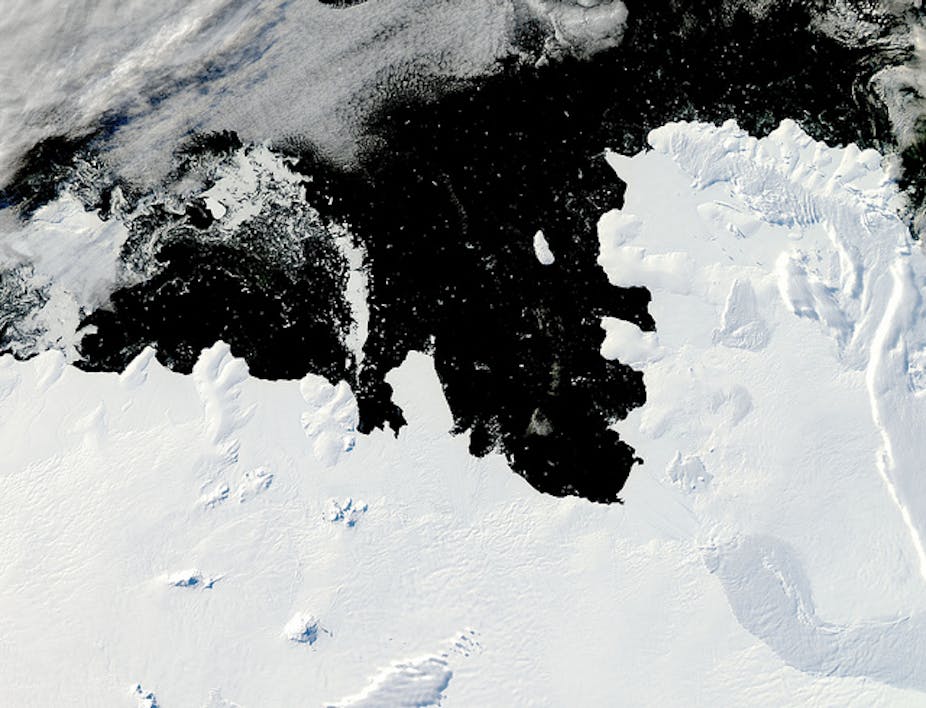The Antarctic warming that signalled the beginning of the last ice age melt may have actually started between between two and four millennia earlier than previously thought, a new study has found.
Previously, scientists thought the Antarctic warming that kicked off the end of the last ice age started 18,000 years ago. The new study suggests it may have been 20,000 or even 22,000 years ago.
The finding improves our understanding of how climate systems work and may help settle debate about to what extent Northern Hemisphere warming triggered the Antarctic ice age melt.
Scientists previously thought that northern climate changes may have triggered warming in the Antarctic that led to the end of the ice age. But the new study, published today in the journal Nature, suggests the south may have warmed independently.
The study centred on analysis of ice cores retrieved from up to 3,405 metres below the surface of the ice cap in West Antarctica.
“The records show that 18,000 years ago, snow accumulation in West Antarctica began increasing, coincident with increasing carbon dioxide concentrations, warming in East Antarctica and cooling in the Northern Hemisphere,” the researchers said in their paper.
“However, significant warming in West Antarctica began at least 2,000 years earlier.”
In fact, researchers suspect that the warming may have begun up to 22,000 years ago – 4000 years earlier than previously thought – suggesting that Antarctic warming happened independently of Northern Hemisphere warming.
“Sometimes we think of Antarctica as this passive continent waiting for other things to act on it. But here it is showing changes before it ‘knows’ what the north is doing,” said T.J. Fudge, a University of Washington doctoral student in Earth and space sciences and lead corresponding author of the study.
The rise and fall of ice ages are due to changes in Earth’s orbit, which influence the length of the seasons and impact the amount of sunlight reaching the polar ice caps.
However, Fudge said recent climate change was not greatly influenced by changes in the planet’s orbit.
“Earth’s orbit changes on the scale of thousands of years, but carbon dioxide today is changing on the scale of decades, so climate change is happening much faster today,” Fudge said.
An important step
Tas van Ommen, Senior Principal Research Scientist (Climate and Ice) at the Antarctic Climate and Ecosystems Cooperative Research centre, said that understanding the time lines between Northern Hemisphere warming and Antarctic warming “has been one of the grand challenges of paleoclimate science over the last 20 years or more.”
“People thought it was all about the Northern Hemisphere driving Antarctica in the south. Now, in this study, we are seeing that the warming started in the south before these changes in the North Atlantic even happened.”
The slow shifts in Earth’s orbit at the time extended and intensified the summer in the Antarctic, triggering the early warming, he said, adding that previous research by his team had suggested that the Southern Hemisphere ice age ended up to 19,000 years ago.
“So we were on the right track but this new study extends it and makes it pretty clear,” he said.
“This study an important step toward understanding how the planet as a whole emerged from the last ice age.”

